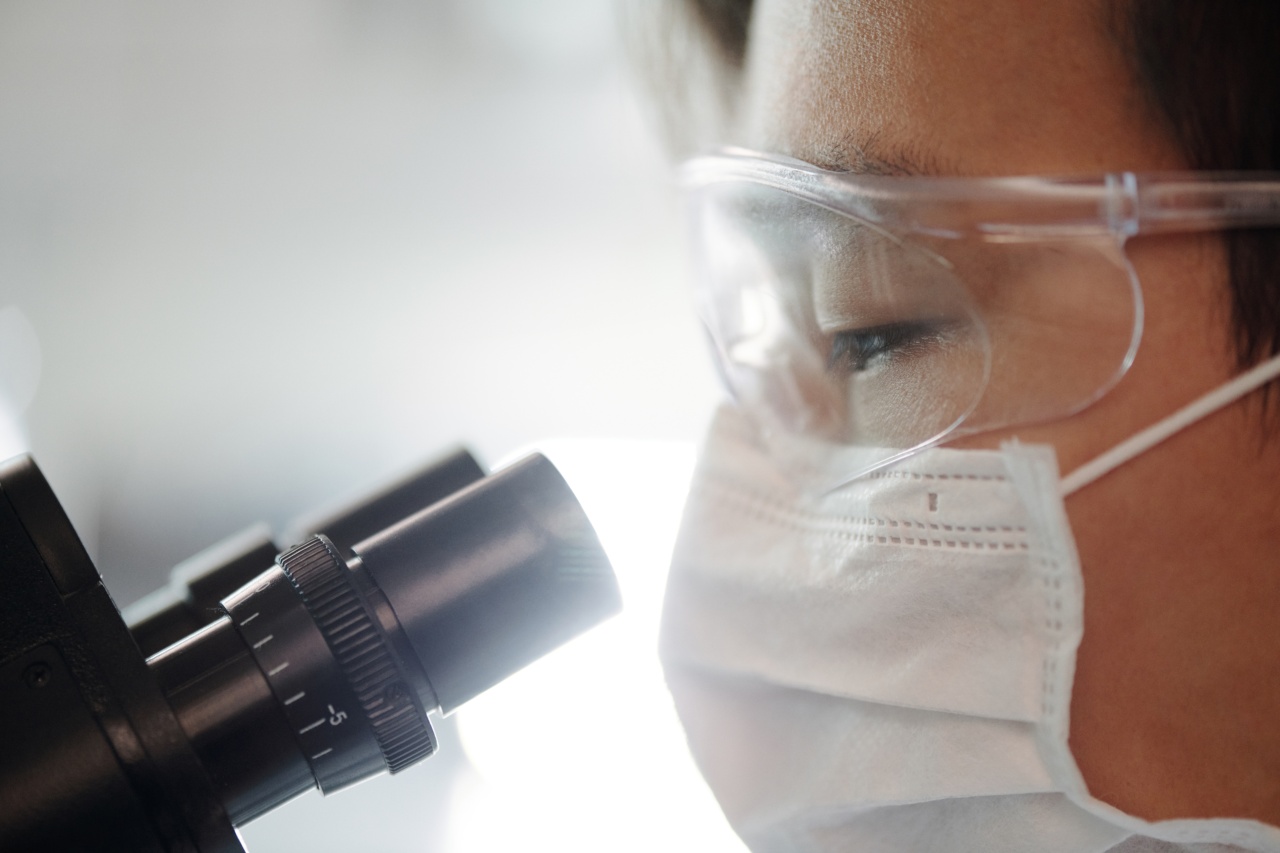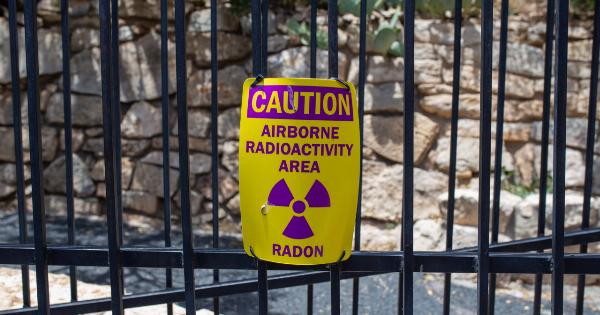A new revolutionary thyroid removal test can now save thousands of patients from unnecessary surgeries.
Introduction
The thyroid gland is a small, butterfly-shaped gland located in the neck, just below the Adam’s apple. It produces hormones that regulate the body’s metabolism and other vital functions.
When the thyroid gland produces too much hormone, it can cause a condition called hyperthyroidism, while too little hormone production leads to hypothyroidism.
Thyroid nodules are growths on the thyroid gland that are often benign, but can be cancerous in some cases. Thyroid cancer is becoming increasingly common, with about 62,450 new cases diagnosed in the United States alone in 2015.
One method of treating thyroid cancer or large nodules is surgery, which can involve removing either part or all of the gland.
Unfortunately, there are many instances where patients undergo unnecessary surgery for the thyroid gland due to incorrect diagnosis. As a result, many people end up missing a vital organ that is necessary for their healthy body function.
Although the main focus of doctors is to get the patient well, sometimes surgery may not be the only option.
Here is how revolutionary thyroid removal test comes into play.
The Revolutionary Thyroid Removal Test
Scientists have developed a new thyroid removal test that can help reduce the number of unnecessary surgeries. In the past, doctors would diagnose thyroid cancer only through a needle biopsy or surgery.
But now, the newly invented thyroid removal test promises to become a game changer in all these cases.
The test uses a technique called gene expression classifier (GEC) that can analyze a small sample of cells from the thyroid gland and determine if a nodule is cancerous or benign.
By employing the GEC, doctors are now able to make an accurate diagnosis of thyroid cancer while avoiding unnecessary surgery.
This revolutionary test works by measuring the expression of a genomic panel of 167 genes in different nodules. Once the test is completed, a probability score is calculated which tells how likely it is that the nodule is cancerous.
It has been estimated that the GEC has reduced the number of thyroid surgeries by approximately 50 percent.
How the Test Works
The test works by collecting a sample from the thyroid gland with a needle biopsy. The sample is then examined for the presence of genetic changes that indicate cancer.
Initially, small nodules are identified during an ultrasound of the thyroid gland. GEC is then performed on those nodules to determine if they are cancerous or benign.
If the test shows that the nodule is benign, the patient will not require surgery for the thyroid gland.
However, if the test shows that the nodule is cancerous, the doctors will proceed towards recommending surgery, a radioactive iodine therapy or some other kind of treatment.
Benefits of Using the Thyroid Removal Test
Here are some of the benefits of using the thyroid removal test for thyroid cancer diagnosis:.
Reduced Unnecessary Surgeries
The diagnostic test helps to reduce the number of unnecessary thyroid surgeries. This saves patients from undergoing a procedure that might have serious complications.
Accurate Diagnosis
The thyroid removal test provides accurate results on thyroid cancer, which helps doctors in making a more precise diagnosis.
Identification of Aggressive Tumors
The test helps identify aggressive thyroid tumors that require immediate removal or other forms of treatment.
Lowers Healthcare Costs
In addition, the test helps lower healthcare costs, primarily through reduction of costs associated with performing unnecessary thyroid surgeries and eliminating lengthy recovery periods.
Limitations of the Thyroid Removal Test
The thyroid removal test, although revolutionary in many respects, also has some limitations. Here are some of the main limitations of the test:.
Inability to Detect All Cancers
The test is known to misclassify some nodules, which can lead to patients not receiving surgery when it is needed. Therefore, it cannot detect all thyroid cancers.
Added Costs
The test also adds an extra cost to the diagnostic process. Some patients may be hesitant to incur the additional expense.
No Substitute for Clinical Examination
Finally, the test is no substitute for a comprehensive medical exam, which a doctor can use to diagnose both thyroid cancer and other health issues.
Conclusion
The thyroid removal test is quickly becoming an important tool in the diagnosis of thyroid cancer. It promises to provide a more accurate and less invasive way of diagnosing thyroid cancer, while reducing unnecessary surgeries.
While the test has some limitations, the benefits of using the thyroid removal test far outweigh the drawbacks.





























